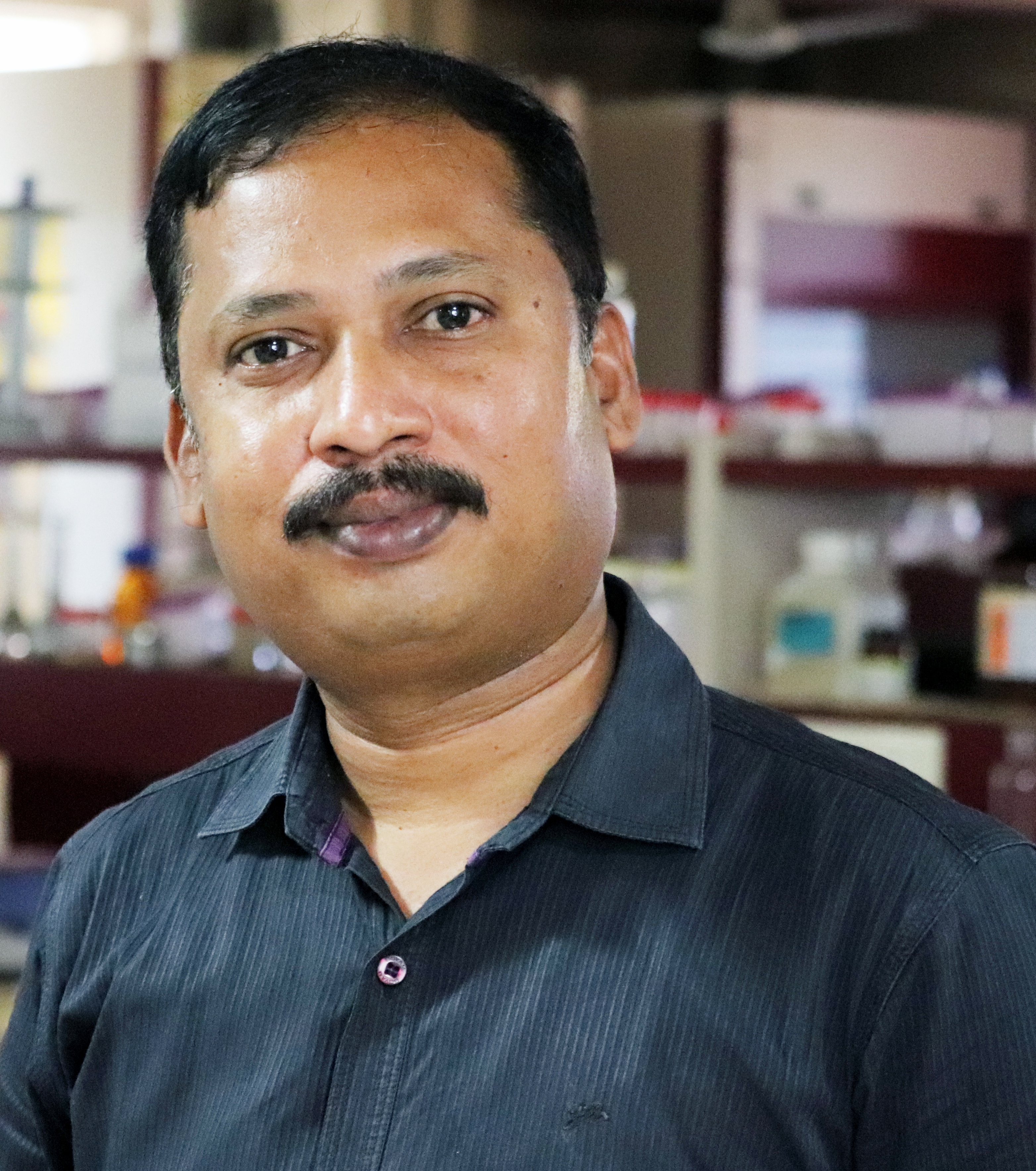 |
Dr. R. AnanthanScientist 'E',Food chemistry and nutrient analysis Email:
ananthanr@icmr.org.in |
|---|
Dr. R. Ananthan is working in the Food chemistry and nutrient analysis since December 2004. His main area of research work is food composition analysis. He has extensively worked for the development/ standardization of analytical methods to quantify various nutrients and bioactive substances using sophisticated instruments. He is one of the authors of Indian Food Composition Tables 2017 (www.ifct2017.com). His another area of works is to quantify bioactive phyto-nutrients and measure their free radical scavenge capacities in functional foods. He also works on food biodiversity and food systems of different indigenous populations to study the availability and accessibility and consumption pattern for the food and nutritional security of the population. He has guide-ship in the faculty of Biochemistry as well as Nutrition from Osmania University.
- Chyne, D. A. L., Ananthan, R., & Longvah, T. (2019). Food compositional analysis of Indigenous foods consumed by the Khasi of Meghalaya, North-east India. Journal of Food Composition and Analysis. 77, 91-100.
- Longvah, T., Geissler, C., & Ananthan, R. (2018). The 11th International Food Data Conference (IFDC). Food chemistry, 238, 1.
- Ananthan, R., Subhash, K., & Longvah, T. (2018). Capsaicinoids, amino acid and fatty acid profiles in different fruit components of the world hottest Naga king chilli (Capsicum chinense Jacq). Food chemistry, 238, 51-57.
- Ananthan, R., Venkaiah, K., Bhaskar, V., Laxmaiah, A., & Longvah, T. (2017). Dietary intake of vitamin B6 among Indian Rural Population. In Annals of Nutrition and Metabolism (Vol. 71, pp. 1103-1104).
- Ananthan, R., Subash, K. and Longvah, T. (2014). Assessment of nutrient composition and bioactive compounds of red chilli varieties from Northeast India. International Proceedings of Chemical, Biological and Environmental Engineering,72 (1): 1-4.
- Gupta, S., Madhavan Nair, K., Punjal, R., Rajendran, A., & Pullakhandam, R. (2014). Herbs as a dietary source of iron: Screening for iron bioavailability and absorption-promoting activity in selected herbs. Nutrition & Food Science, 44(5), 443-454.
- Rajkumar, S., Vasavada, A.R., Praveen, M.R., Ananthan, R., Reddy, G.B., Tripathi, H., Ganatra, D.A., Arora, A.I. and Patel, A.R. (2013). Exploration of molecular factors impairing superoxide dismutase (SOD) isoforms activity in human senile cataractous lenses. Investigative Ophthalmology and Visual Science. 54(9):6224-6233.
- Zhang, L., Koyyalamudi, S.R., Jeong, S.C., Reddy, N., Smith, P.T., R. Ananthan, R. and Longvah, T. (2012). Antioxidant and immunomodulatory activities of polysaccharides from the roots of Sanguisorba officinalis. International Journal of Biological Macromolecules. 51:1057-1062.
- Bhaskarachary, K., Ananthan, R. and Longvah, T. (2008). Carotene content of some common cereals, pulsuses, vegetables, spices and condiments and unconventional sources of plant origin. Food Chemistry, 109: 85-89.
- Ramkumar, KM., Rajaguru, P., Latha, M. and Ananthan, R. (2008). Effect of Gymnema montanum leaves on red blood cell resistance to oxidative stress in experimental diabetes. Cell Biology and Toxicology. 24:233–241.
1. T Longvah, R Ananthan, K Bhaskarachary, K
Venkaiah. Indian Food Composition Tables 2017. Hyderabad: National Institute of Nutrition.
